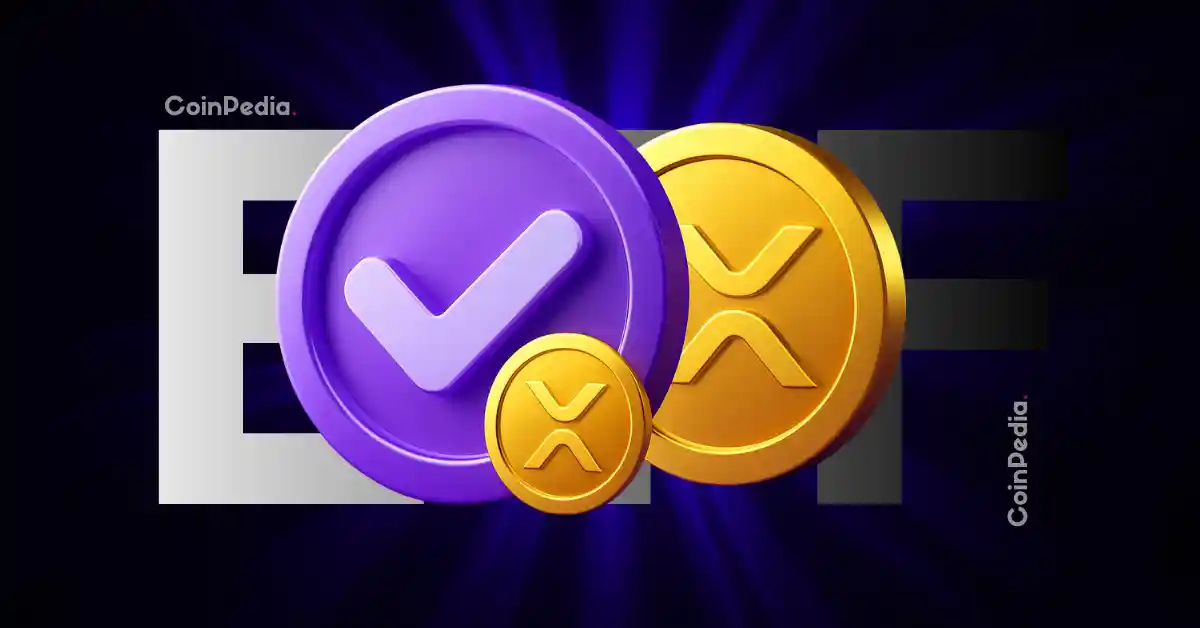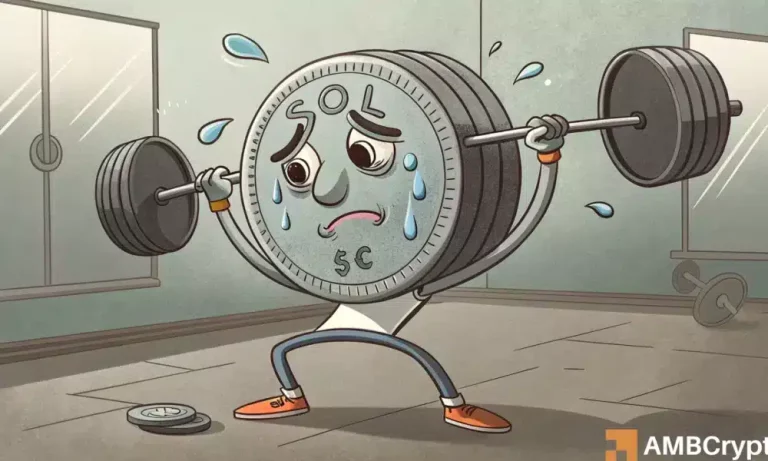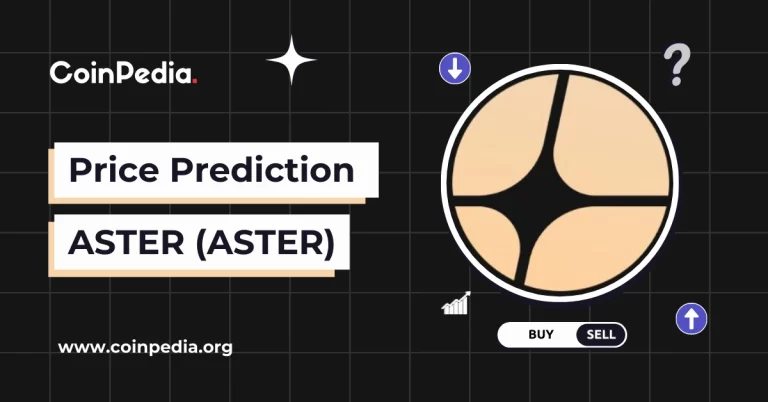
Understanding XRP’s Unique Position in the Cryptocurrency Market
Ripple CTO David Schwartz, commonly known as “JoelKatz,” has shed light on XRP’s innovative positioning. Unlike many cryptocurrencies, XRP’s ledger facilitates seamless issuance of assets, trading, creation of NFTs, and payment transactions. A significant advantage for XRP users is the absence of taxes on transactions, only requiring minimal fees to prevent spam. This efficient system works as a public utility, independent of XRP holders, setting it apart from competitors like Bitcoin. Additionally, features such as stablecoins, a decentralized exchange (DEX), and NFTs, coupled with low energy usage, make XRP a standout in the digital finance realm.
Why XRP Thrives: Regulatory Clarity and Institutional Interest
In a market where regulatory ambiguity clouds the success of many tokens, XRP’s fully regulated status in the United States presents a strategic edge. This became particularly significant during Ripple’s victory against the SEC, underscoring XRP’s readiness for broader institutional adoption. With regulatory clarity, the asset is perfectly positioned to scale as a settlement mechanism. If major institutions begin adopting XRP following its ETF-fueled price surge, it would solidify its role as a trailblazer in cryptocurrency for large-scale payment solutions.
Canary Capital’s XRP ETF: A Glimpse into the Future
The launch of Canary Capital’s spot XRP ETF (ticker: XRPC) marks a new era for the token. The ETF saw impressive trading volumes, with $58 million during its debut on Nasdaq. Despite a 7.3% dip in XRP’s price that day, interest remained high, with $250 million in inflows. By the second day, XRPC recorded $26 million in trading volume, hinting at sustained investor confidence in XRP’s potential.
Early trading projections suggest that this ETF’s performance may surpass expectations. For those intrigued by this innovation, the ETF reflects demand for physical XRP-backed financial products. Such momentum not only boosts investor confidence but also accelerates XRP’s adoption in mainstream finance.
XRP’s Tightening Supply: A Sign of Accumulation
Over recent days, XRP supply on exchanges has contracted sharply, with a staggering 149 million XRP — valued at approximately $336 million — withdrawn within 24 hours. Experts highlight this as evidence of significant accumulation efforts preceding new ETF launches. With decreased availability across exchanges, buy pressure may drive a price surge, signaling the end of the quiet accumulation period.
CME & Franklin Templeton Enter the Scene
Amid the ETF buzz, the Chicago Mercantile Exchange (CME) has taken a step forward by filing to list Spot-Quoted XRP Futures, bolstering XRP’s inclusion in the derivatives market. Simultaneously, speculations surround Franklin Templeton’s rumored plan to launch its own XRP ETF. Although unverified, such news reinforces XRP’s growing traction among financial heavyweights.
Seamless Adoption with Crypto Wallets
For readers looking to capitalize on XRP’s momentum, it’s essential to select the right tools. Consider the Ledger Nano X Wallet, which supports XRP transactions, ensuring secure and seamless asset management. This hardware wallet offers top-tier protection for cryptocurrencies, making it an ideal choice for both beginners and seasoned investors in the crypto space.
The Road Ahead for XRP
As XRP forges ahead with regulatory clarity, institutional interest, and innovative financial products like ETFs, it sets the stage for broader adoption. The convergence of strategic advancements and growing demand indicates that XRP is well-positioned as a leader in digital settlements and payments. Investors and institutions alike will be keeping a close watch on how XRP shapes the future of finance.



